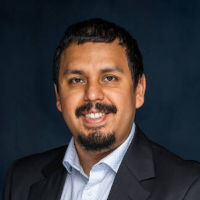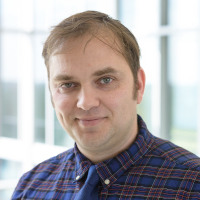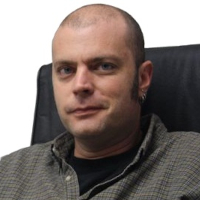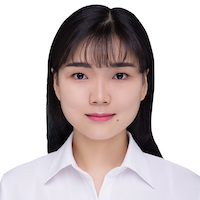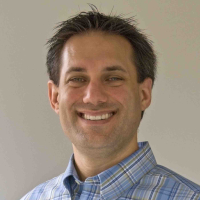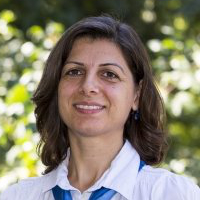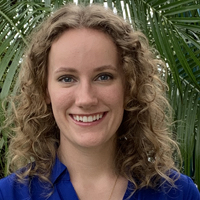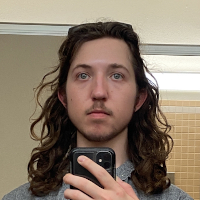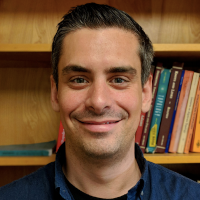Daniel Cruz (UF Laboratory for Systems Medicine)
235 Little HallEstimating the Long-term Behavior of Biologically Inspired Agent-based Models An agent-based model (ABM) is a computational model in which the local interactions of autonomous agents with each other and with their environment give rise to global properties within a given domain. The use of ABMs in biology has become widespread over the last few years …
